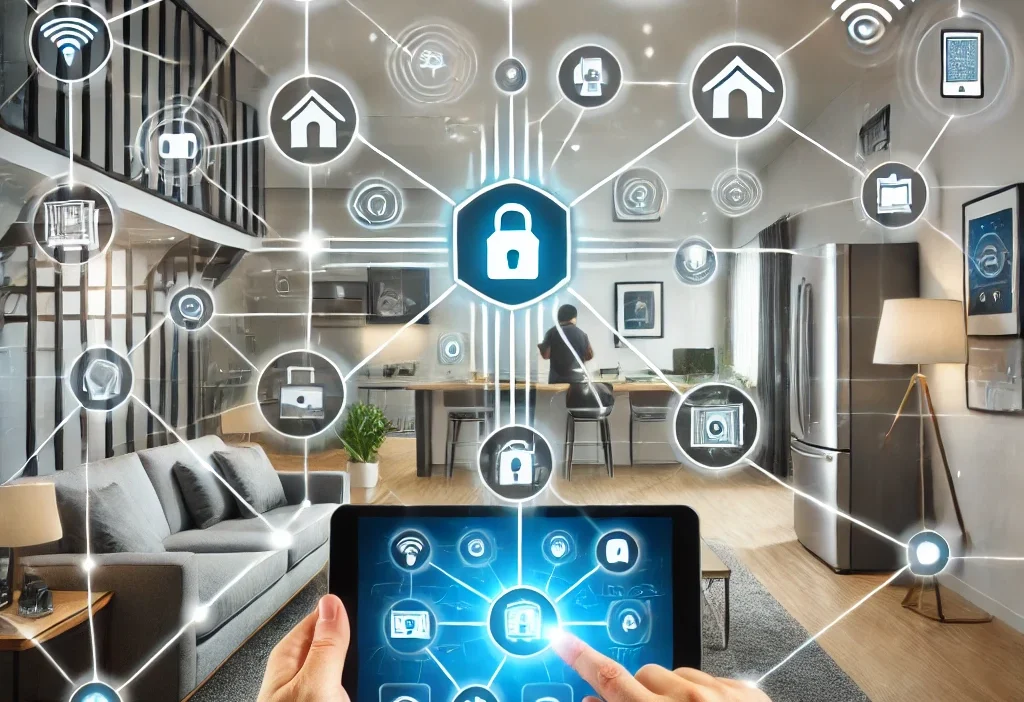As technology continues to evolve, integrating smart devices into our homes has transcended from being a luxury to becoming a necessity for a modern lifestyle. Smart home automation promises not only convenience and energy efficiency but also an enhanced security system. However, creating a seamless smart home integration can be daunting. The secret lies in choosing compatible devices, setting up a robust network, and optimizing the system for ease of use. By following these guidelines, you can transform your living space into a futuristic abode that responds to your every command.
Choosing the Right Smart Home Devices for Seamless Integration
Selecting the right smart devices is fundamental to achieving a seamlessly integrated home automation system. Start by identifying your primary needs—whether it’s security, lighting, climate control, or entertainment—and choose devices that are known for reliability and compatibility. Opt for brands that support open standards and offer cross-compatibility, such as those compatible with major ecosystems like Amazon Alexa, Google Assistant, or Apple HomeKit. This ensures that you can easily add or replace devices in the future without compatibility issues.
When choosing devices, also consider their interoperability. Devices that can communicate with each other through the same protocol, such as Z-Wave or Zigbee, often provide a smoother integration. Additionally, look for devices with robust software support and regular updates which enhance their functionality and security over time. Avoid the trap of low-priced gadgets that offer limited functionality and poor user experiences. Instead, invest in high-quality devices that promise longevity and adaptability to future technological advances.
Furthermore, consider the scalability of your chosen devices. A well-integrated smart home system should be scalable, allowing you to easily add more devices as your needs grow. Ensure that the ecosystem you choose can handle the increased demand without the need for a complete overhaul. This could involve simple additions like more smart bulbs or extended adjustments like additional smart security cameras or sensors. Planning for future expansion will save you both time and money in the long run.
Creating a Unified Smart Home Network: Essential Tips
The backbone of any efficient home automation system is a reliable and robust network. Start by ensuring your home Wi-Fi is up to the task. Invest in a high-quality router that can handle multiple devices simultaneously and consider adding Wi-Fi extenders or a mesh network system to eliminate dead spots in larger homes. This ensures that all your smart devices maintain constant connectivity and function optimally.
Security should be your next priority. With numerous devices connected to your network, it’s crucial to secure it against potential intrusions. Use strong, unique passwords for your network and each device. Consider using a separate network or a virtual LAN (VLAN) for your smart devices to isolate them from your personal devices, reducing the chances of cross-device hacking.
Lastly, integration platforms can vastly improve the management of your devices. Solutions like IFTTT (If This Then That) or a dedicated smart home hub can help streamline device communication, ensuring they work together seamlessly. These platforms allow you to create routines and automations that fit your lifestyle, enhancing the overall functionality and efficiency of your smart home.
Optimizing Your Home Automation System for Effortless Control
To truly enjoy the benefits of home automation, optimizing your system for effortless control is key. Centralize control of your devices through a single app or dashboard. This consolidation simplifies management and enhances user experience, as it allows you to control multiple devices with a few taps or voice commands, rather than juggling multiple apps.
Personalization enhances the convenience offered by your smart home system. Customize device interactions based on your daily routines. For instance, program your smart thermostat to adjust the temperature right before you wake up or arrive home. You can also set scenarios where specific lights turn on if your smart security cameras detect motion outside your house during unusual hours.
Artificial intelligence plays a crucial role in optimizing your home automation. AI can learn your habits and preferences, adjusting your smart home devices to suit your living patterns without manual input. For instance, smart blinds can adjust based on the time of day and temperature, optimizing energy use while providing optimal comfort. Embrace AI features to make your home not just automated, but truly smart.
Smart homes are no longer the wave of the future—they are the present and continue to define modern living. By choosing the right devices, creating a unified network and optimizing your system for ease of use, you can enjoy an exemplary home automation experience that offers both luxury and functionality. The road to a seamless smart home integration might seem complex, but with careful planning and execution, it becomes an achievable and rewarding endeavor. Embrace these tips and step into the simplicity and efficiency of your smartly automated home.



